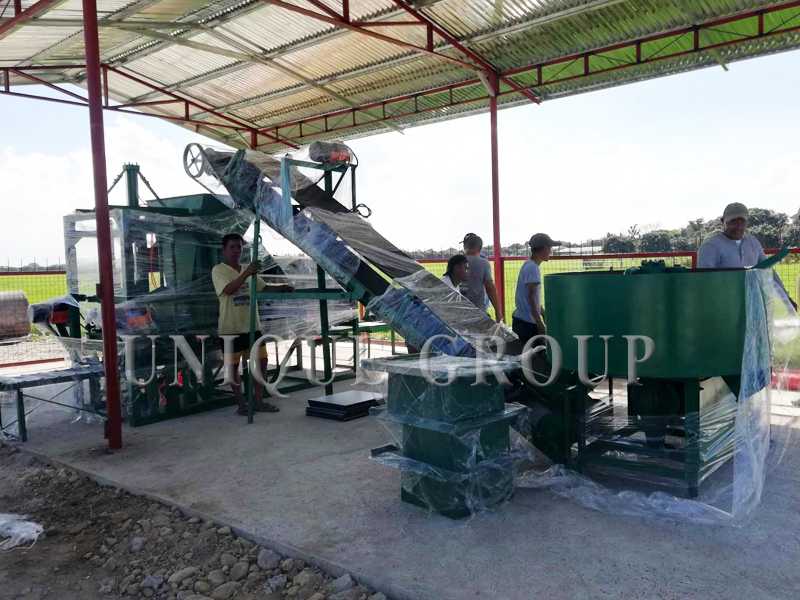Common faults of hydraulic system of concrete brick making machine
2024-06-25 17:54:33Common faults of hydraulic system of concrete brick making machine
1. Manufacturing fault
All hydraulic components and sealing parts of brick making machine usually have strict requirements for dimensional tolerance, form and position tolerance and other requirements. If the tolerance is exceeded in the manufacturing process, such as: piston radius of the oil cylinder, sealing depth or spacing, size deviation of the hole for installing the sealing ring, or out of roundness due to production failure, gross margins or pits, electroplating slippage, etc., the hydraulic seal will be deformed, cut, crushed or not pressed tightly, causing it to lose its sealing function, and the parts themselves will have congenital water seepage points, causing water seepage after assembly or during the selection process.
2. Sealing fault
The design of the seal does not meet the requirements, the size of the sealing groove is not appropriate, the sealing coordination is low, and the coordination spacing is deviated; the difference in sealing flatness is too large, and the production quality is poor; the sealing structure is not properly selected, resulting in deformation, so that the mating surfaces cannot be fully touched; the assembly is not careful. The mating surface has smoke or damage, causing huge plastic deformation, hydraulic seal failure, insufficient shrinkage, aging, and damage.
Roughness of the sealing surface: When the roughness of the hydraulic system relative speed sub-surface is too high or radial cutting occurs, leakage will occur; when the roughness is too low, the lip of the sealing ring will scrape off the oil film when it is higher than the surface, so that the oil film pile is formed, and the sealing edge causes high temperature, resulting in damage,
3. Joint failure
The type of pipe head selected and the selected environment are incorrect; the overall design of the joint is inappropriate; the production quality of the joint is poor and there is no sealing effect; the water pressure pulsation causes the joint to loosen, and the screws are not tightened in time after they become loose; the tightening torque of the joint is too large or insufficient.
PRODUCT TYPE LIST
NEWS
Contact Us
Address:Industrial Equipment Zone,Zhengshang Road Zhengzhou Henan
Zip: 450000 China
Fax:+86-371-63935058
E-mail:sales@unique-cons.com
TEL:+86-371-63699132







